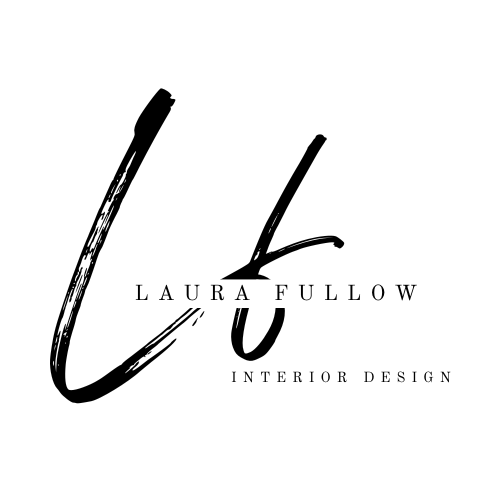Minimalist interior design is often misunderstood. People think it’s bland, boring, and devoid of personality. I’m here to tell you that’s not the case! Minimalist design can be fun, exciting, and speak to your personality while still embodying a simple and clean design.
The Minimalist design aesthetic emerged in the 20th Century as a counter-response to the intricate details of classical design. It is a design stripped down to its essential elements — all unnecessary flourishes are eliminated. When it comes to Minimalism, you want your design to meet at the intersection of form and function — a pleasing, simple design that is as functional as it is beautiful.
Simplify Your Color Scheme
One of the easiest ways to create a Minimalist space is to use a simplified color scheme — no more than three colors. You can keep it very clean by using mostly white with pops of bold color like orange or green. For a serene, calming atmosphere, pick a few different shades of cream, gray, or taupe and create interest using textures and patterns.

Curate Your Space
If you have a lot of “stuff” and aren’t sure how Minimalist design can work for you, reframe how you see your furniture and accessories. Try looking at them through fresh eyes. Go shopping — but in your own home! Remove all of your decor and accessories and place them in the center of the room. Using the eye of a curator, select the items that you most want to see in your “new” space. You can even shop items from other rooms and create a completely new look without spending any money.

Focus On Function
Creating a Minimalist design means combining form and function but in a focused way. With less “clutter” in a space, it’s important that the items you choose are quality pieces that will stand the test of time. Decide on your focal point and let that be the star of the space. For instance, a dining room ceiling light fixture is functional — it provides light to the room. Since you need a light fixture, opt for a well-designed piece that can stand alone — this is where function meets form. No need for lots of accessories or wall art — just a stunning chandelier commanding all the attention. This trick can be used with the furniture as well.

Embrace The Negative (Space)
Every inch of wall space does not need to be covered! Sometimes empty space — known as “negative space” in the design world — is needed to let your room breathe. You won’t notice your beautiful red armchair if you have a lot of other items that compete with its prominence. Consider leaving some corners empty and some walls blank. It will also make your room feel larger and let your curated Minimalist look take center stage.

Keep Clutter Out Of Sight
One of the best combinations of form + function comes in the form of double-duty furnishings — storage benches, ottomans, bookcases, baskets, and bins. Because Minimalist design requires a clutter-free space, it’s important to keep things tucked away but still accessible. Having roomy furniture that also stores items that you want to keep out of sight is quite a bonus!

Minimalist design isn’t boring — it’s just focused.
It’s easy to create a luxurious, Minimalist space when you know the secret of combining form + function to curate a look that is uniquely yours.
Try using these tips to plan your next living space upgrade and let me know how it works for you!
In my next post I’ll discuss where to splurge and where to save while achieving a luxurious, unique, and artistic outdoor space.
Until then,
Laura





Recent Comments